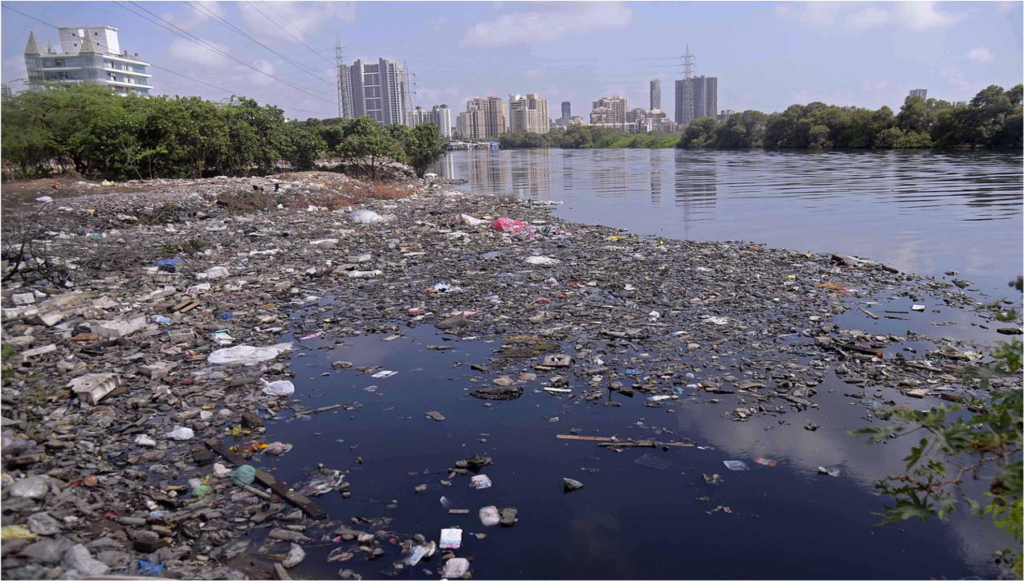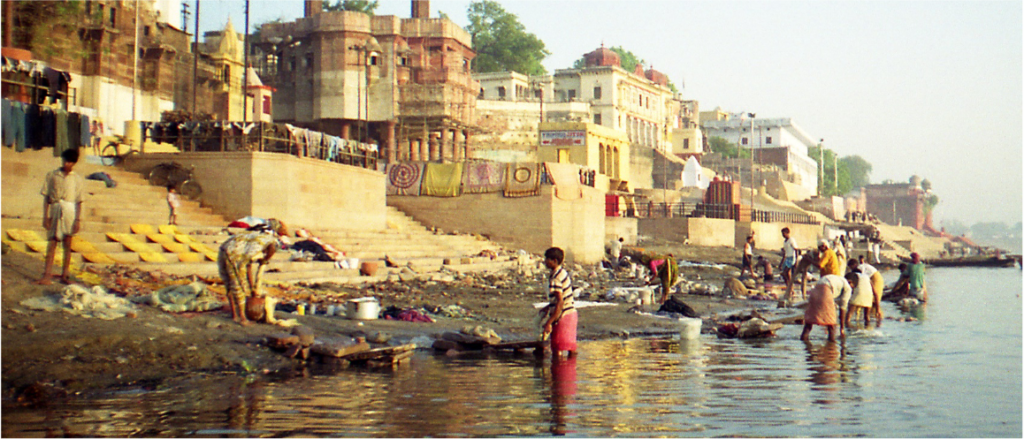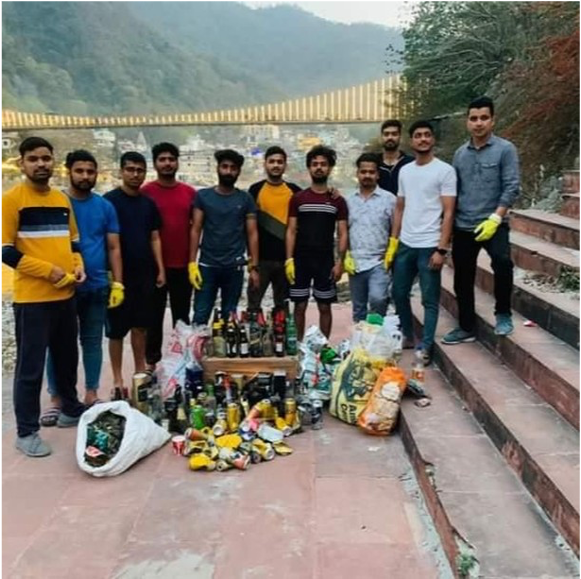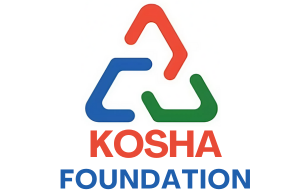Our Story
CLEAN RIVER DRIVES

Around 80% of India’s water is severely polluted because people dump raw sewage, silt and garbage into the country’s rivers and lakes. This has led to water being undrinkable and the population having to rely on illegal and expensive sources.
Each year, more than 1.5 million Indian children die from diarrhea. Out of the entire Indian population, experts predict that 40% of people may not have a connection to a clean water source by 2030.
India suffers from increased urbanization, unauthorized slums and the absence of pipe planning. Estimations suggest that by 2030, 600 million Indians might live in slums due to the ever-growing population. Because of that, tanker mafias are prominent. Tanker mafias are business owners that hold septic tanks that illegally sell water from lakes, wells and groundwater. They charge around $50 per 1,000 liters, and for most Indians, it is unaffordable.
Between the years of 2001 and 2012, 3,245 hectares of lakes dissipated in the city of Hyderabad. The water recedes by nine feet a year on average in southern New Delhi — all because of tanker mafias. Oil leaks, inadequate treatment of waste, poor sanitation and open defecation are the leading causes of water pollution in India. By drinking dirty water, the human digestive system suffers from harmful bacteria that disrupts the balance of the gut, causing diarrhea and other diseases.


Kosha foundation has organized clean drives in different cities to clean the rivers and remove the waste from them.
Kosha foundation organized a Ganga clean drive here in Rishikesh. During our drive we found plastic bottles, chips packets, beer bottles, Chappals and other non-degradable items. Because these things harming the water diversity also, because if the fish or any other water animal engulfs the plastic or any of these things can harm the bio diversity.
As per the field research conducted by WII, high biodiversity areas have been identified in river Ganga for focused conservation action, rescue & rehabilitation centers have been established for the rescued aquatic biodiversity, cadre of volunteers (Ganga Praharis) have been developed and trained to support conservation actions in the field, floating interpretation centre “Ganga Tarini” and interpretation centre “Ganga Darpan” have been established for developing awareness on biodiversity conservation and Ganga rejuvenation, key ecosystem services of Ganga river have been identified and an assessment framework developed to strengthen the environmental services in the river basin.


